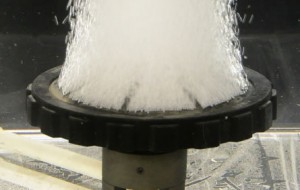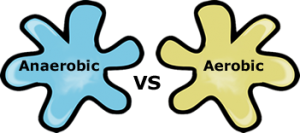Your septic tank may not be something you think about all day long but there are a few things you should remember. Check out this article about septic tank care for some handy tidbits of information you can follow to keep your septic system operating properly between tank pumpings.
You may have a “fire and forget” attitude towards your septic system, but keeping up with proper maintenance can save you a bundle in the long run. For the most part, your system will be self-sustaining, but every septic system requires service eventually. Here are some tips to try and help you keep your system in tip-top shape.
What should you be flushing
Unlike a sewer, whatever is flushed into a septic system will stay inside your tank until it is dissolved or removed. Flushing your natural waste and even small amounts of toilet paper is safe, because these can be dissolved relatively easily – but most other items cannot. Avoid flushing cigarette butts, sanitary napkins, kitty litter, wrappers, or other items as they can quickly cause your system to become backed up.What should you pour down the drain
Pouring harsh chemicals down your drains can be harmful to your system. Your septic system uses live bacteria to break down food and waste. Many chemicals can kill this bacteria, slowing or stopping the breakdown process. Most gentle household cleaners are fine, but try and minimize the use of drain cleaners, bleach, or harsh solvents. Grease is also dangerous for drains, as it can congeal and cause additional clogs. Read more…
Article by Yancey Pigston on Website for Construction Trades
 One of the improvements that have been made in septic systems is the method of introducing dissolved oxygen into the septic tank. This process is called “Aeration”. Septic tanks have been around for over 150 years but it wasn’t until the 1950’s that aeration was implemented in residential tanks.
One of the improvements that have been made in septic systems is the method of introducing dissolved oxygen into the septic tank. This process is called “Aeration”. Septic tanks have been around for over 150 years but it wasn’t until the 1950’s that aeration was implemented in residential tanks.




 2016
2016 2016
2016














